In every experiment with potentiometer in the null point state, the potential difference between the ends of the galvanometer is
zero
infinite
equal to the potential difference of the cell
unknown
The correct Answer is:A
To solve the question regarding the potential difference between the ends of the galvanometer in a potentiometer experiment at the null point state, we can follow these steps:
1. Understanding the Null Point State:
- In a potentiometer experiment, the null point is the condition where the galvanometer shows no deflection. This indicates that the potential difference across the galvanometer is balanced by the potential difference across the segment of the potentiometer wire.
2. Current through the Galvanometer:
- At the null point, the current flowing through the galvanometer is zero. This is a crucial observation because it indicates that there is no net flow of charge through the galvanometer.
3. Relation between Current and Potential Difference:
- According to Ohm's Law, the current (I) through a conductor is directly proportional to the potential difference (V) across it, given by the equation I=VR, where R is the resistance. If the current is zero (I = 0), it implies that the potential difference must also be zero (V = 0).
4. Conclusion:
- Since the current through the galvanometer is zero at the null point, the potential difference between the ends of the galvanometer must also be zero. Therefore, we conclude that:
Potential difference between the ends of the galvanometer=0V
Final Answer:
The potential difference between the ends of the galvanometer in the null point state is 0 V.
---
- In a potentiometer experiment, the null point is the condition where the galvanometer shows no deflection. This indicates that the potential difference across the galvanometer is balanced by the potential difference across the segment of the potentiometer wire.
- At the null point, the current flowing through the galvanometer is zero. This is a crucial observation because it indicates that there is no net flow of charge through the galvanometer.
- According to Ohm's Law, the current (I) through a conductor is directly proportional to the potential difference (V) across it, given by the equation I=VR, where R is the resistance. If the current is zero (I = 0), it implies that the potential difference must also be zero (V = 0).
- Since the current through the galvanometer is zero at the null point, the potential difference between the ends of the galvanometer must also be zero. Therefore, we conclude that:
Potential difference between the ends of the galvanometer=0V
The potential difference between the ends of the galvanometer in the null point state is 0 V.
Similar Questions
Zeta potential is the potential difference between
View SolutionThe potential difference between points A and B is
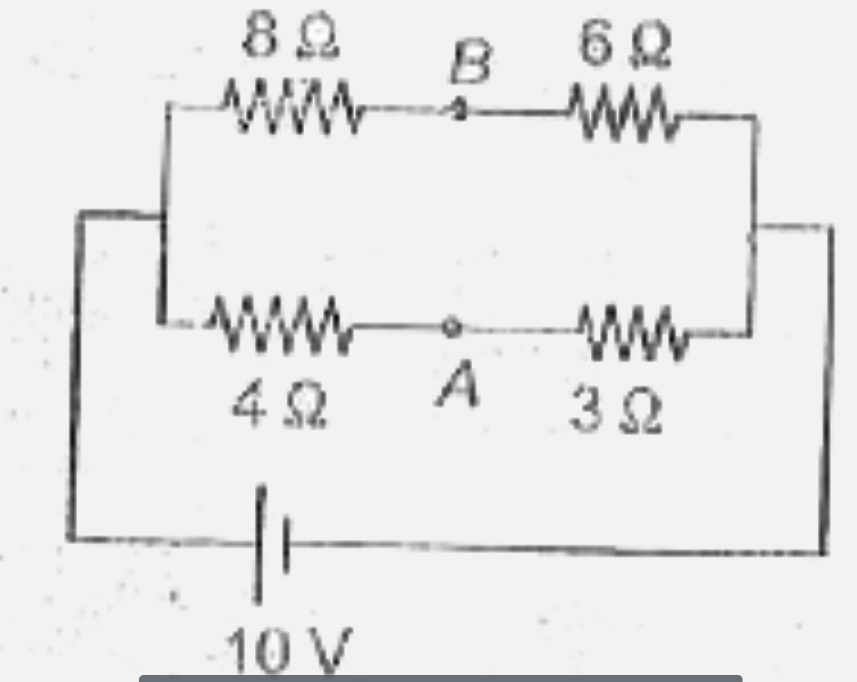
View SolutionThe potential difference between points A and B is

View SolutionThe potential difference between points A and B is

View SolutionThe potential difference between points A and B of the following figure is
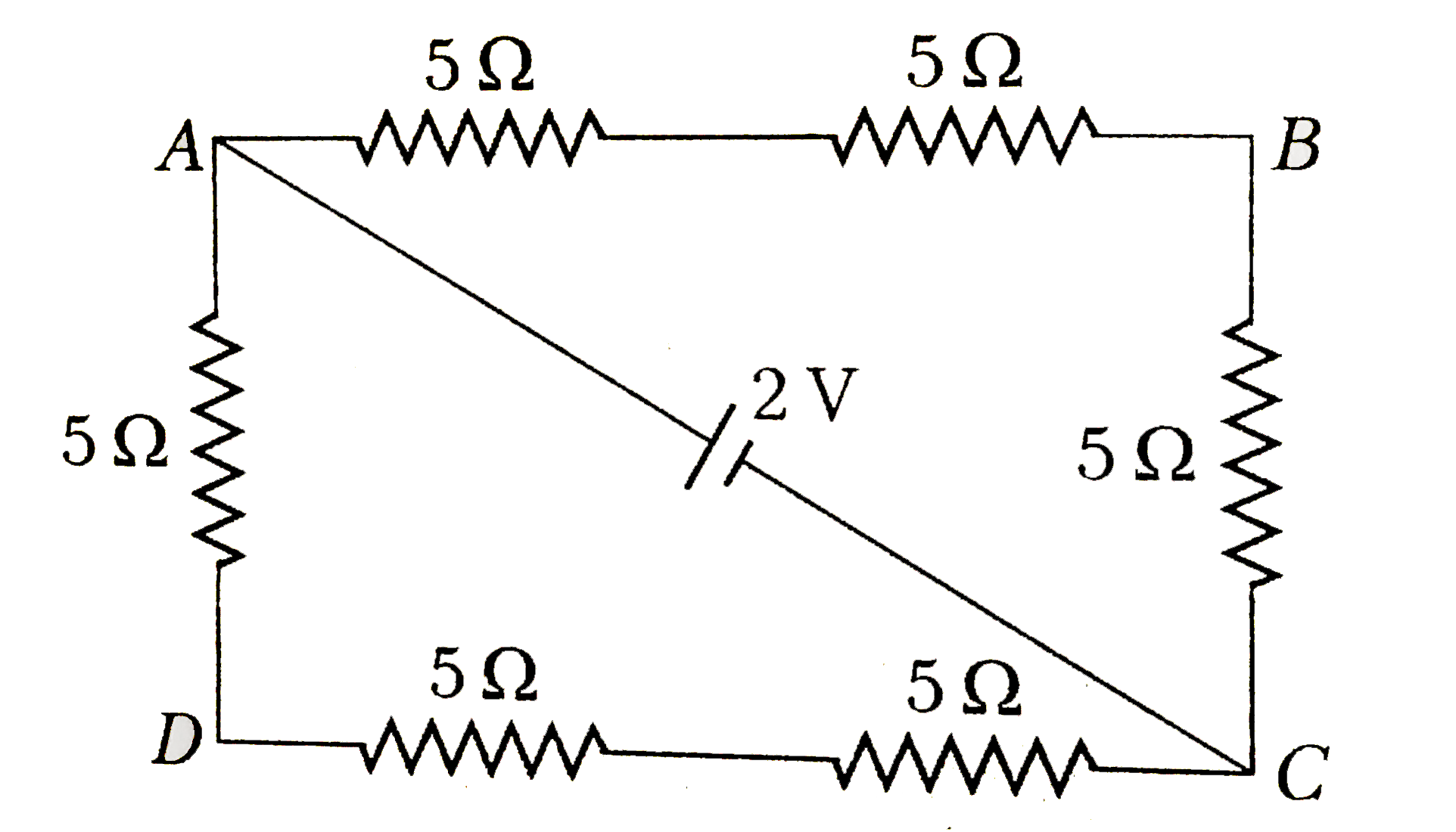
View SolutionFind theh potential difference between points a and b.

View SolutionIn given circuit , the potential difference between points A and B is
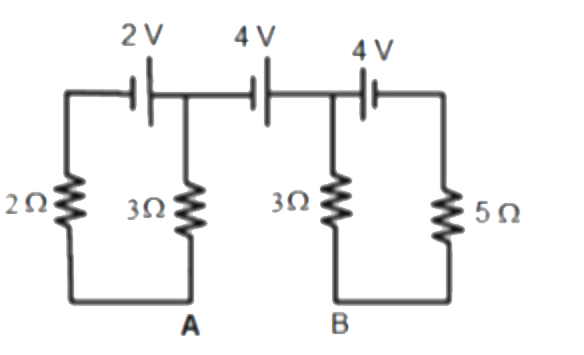
View SolutionIn the given potentiometer arrangemeter the null point
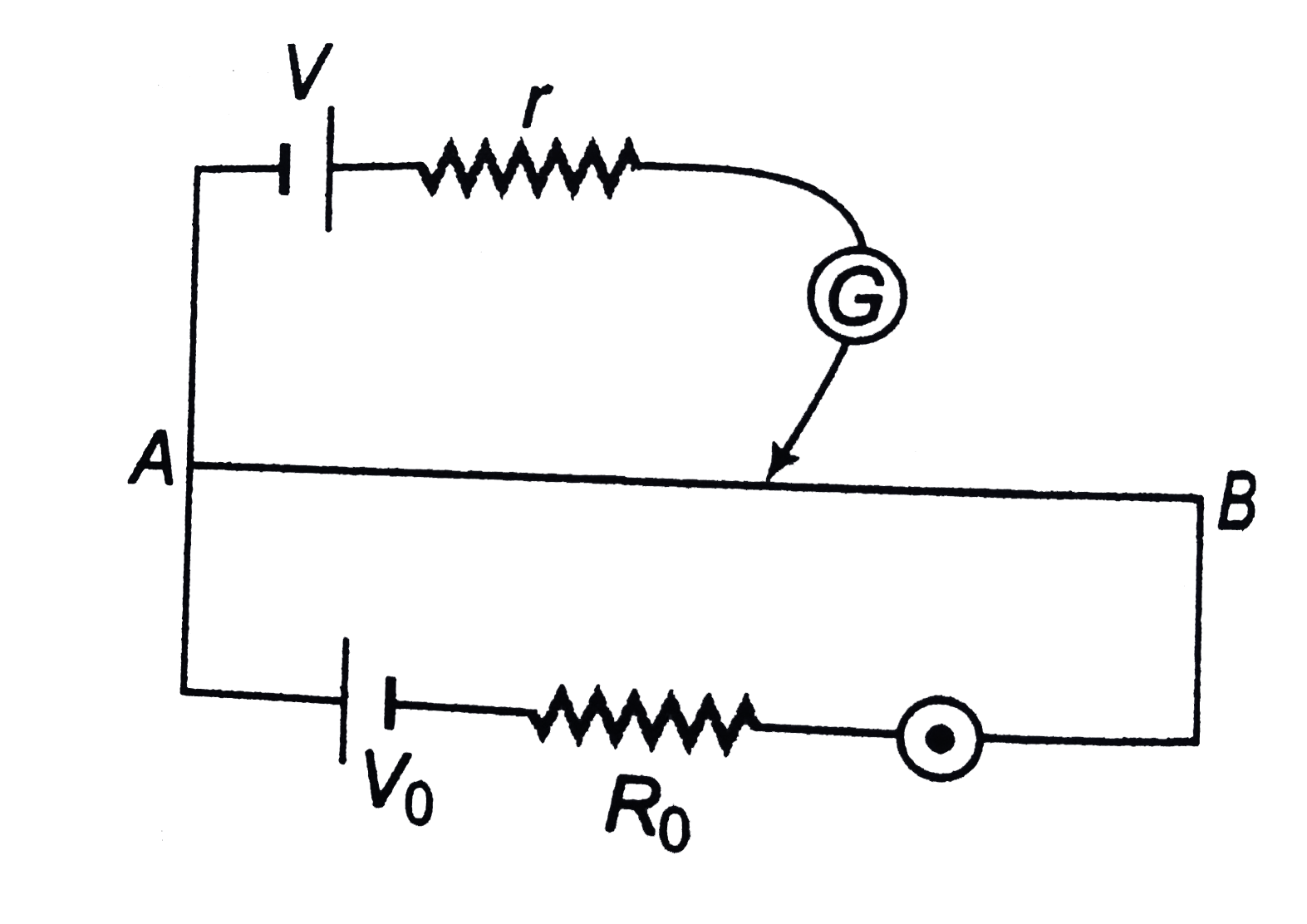
View SolutionThe potential difference between the point A and B in figure will be
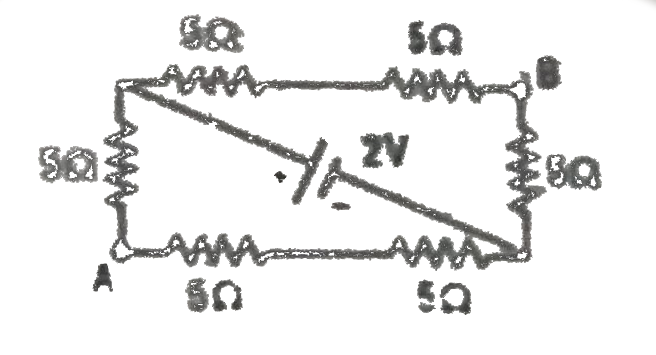
View SolutionExplain the statement 'the potential difference between two points is 1 volt'.
View Solution
